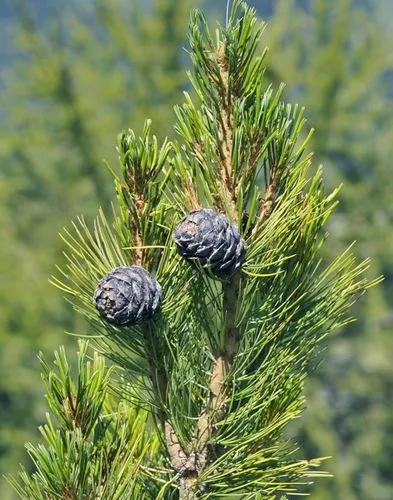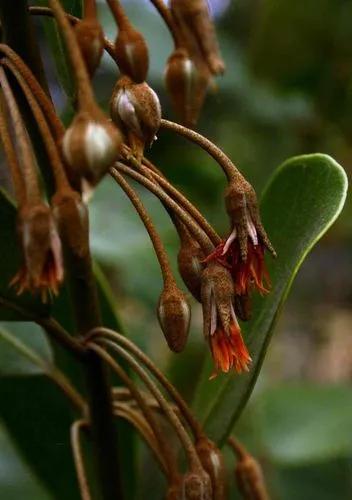Catalpa speciosa, commonly known as the northern catalpa, hardy catalpa, western catalpa, cigar tree, catawba-tree, or bois chavanon, is a species of Catalpa native to the midwestern United States. The Latin specific epithet speciosa means “showy”. Easily grown in average, medium to wet, well-drained soils in full sun to part shade. Tolerant of a wide range of soil conditions including both wet and dry soils. Tolerant of seasonal flooding. Prefers moist fertile loams.
Northern Catalpa Care
Catalpa Speciosa



It is a medium-sized, deciduous tree growing to 15–30 meters tall and 12 meters wide. It has a trunk up to 1 m diameter, with brown to gray bark maturing into hard plates or ridges. The leaves are deciduous, opposite (or whorled), large, heart shaped, 20–30 cm long and 15–20 cm broad, pointed at the tip and softly hairy beneath. The leaves generally do not color in autumn before falling, instead, they either fall abruptly after the first hard freeze, or turn a slightly yellow-brown before dropping off. The catalpa tree is the last tree to grow leaves in the spring[citation needed]. The winter twigs of northern catalpa are like those of few other trees, having sunken leaf scars that resemble suction cups. Their whorled arrangement (three scars per node) around the twigs is another diagnostic. The flowers are 3–6 cm across, trumpet shaped, white with yellow stripes and purple spots inside; they grow in panicles of 10-30. The fruit is a long, thin legume-like capsule, 20–40 cm long and 10–12 mm diameter; it often stays attached to tree during winter (and can be mistaken for brown icicles). The pod contains numerous flat, light brown seeds with two papery wings. It is closely related to southern catalpa, and can be distinguished by the flowering panicles, which bear a smaller number of larger flowers, and the slightly broader seed pods.
How to Care for the Plant

Popularity

1,966 people already have this plant 154 people have added this plant to their wishlists
Discover more plants with the list below
Popular articles






